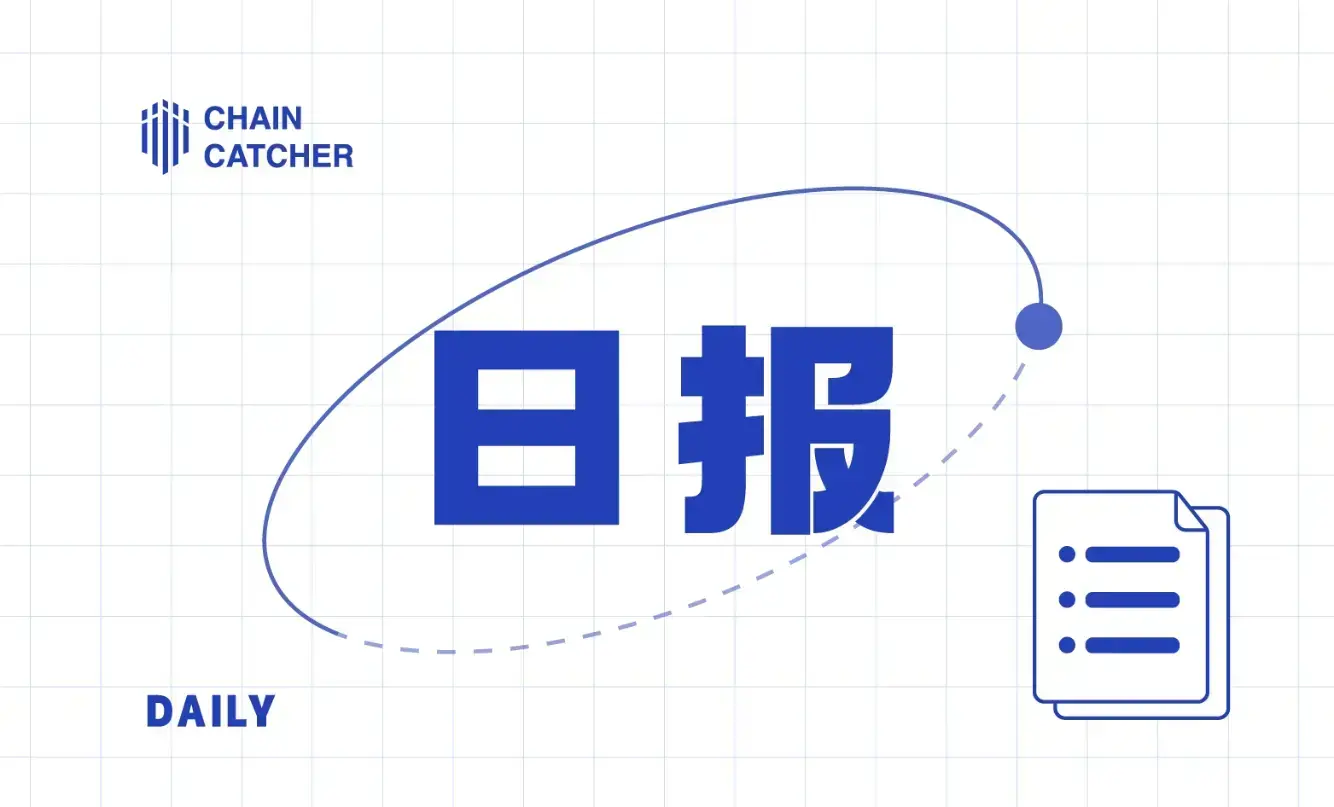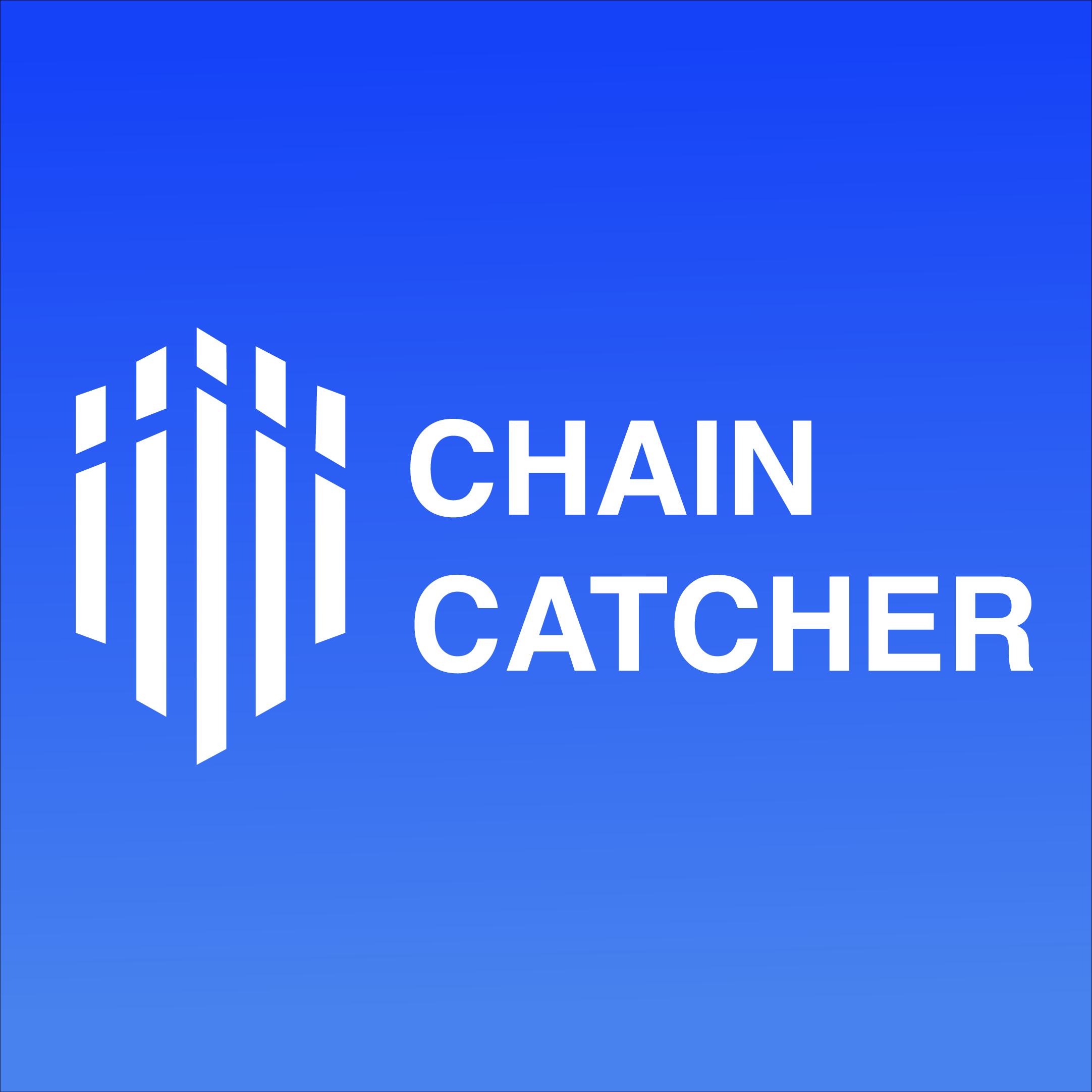Dragonfly bets? Understand the stablecoin payment platform Codex designed specifically for enterprises in one article | CryptoSeed
Author: Scof, ChainCatcher
Editor: TB, ChainCatcher
On April 4, the stablecoin company Codex raised $15.8 million in a seed round of financing, led by the well-known investment firm Dragonfly, with participation from Coinbase Ventures, Wintermute, Selini Capital, and other institutions.
It is noteworthy that Codex's official X account only posted its first content on the day the financing news was announced (April 4), followed immediately by the announcement of the multimillion-dollar financing, which undoubtedly adds a touch of mystery to it.
From "Usable" to "User-Friendly": The Next Step for Stablecoins
In recent years, the stablecoin market has expanded rapidly. In 2019, the global circulation was about $4 billion, and now it has approached $235 billion, an increase of nearly 60 times. However, it is important to note that the main users of this market are still individual users and crypto traders, with very few enterprises truly applying stablecoins to cross-border business.
Codex aims to change this situation. Its goal is not just to make stablecoins "usable" for enterprises, but to make stablecoins the default method for daily cross-border payments, fund management, and transaction operations for businesses, as natural as today's bank transfers or SWIFT wire transfers. To achieve this goal, Codex has chosen the most challenging path: comprehensively reconstructing the stablecoin infrastructure from the underlying chain to the API, from the foreign exchange system to the account system, designed entirely around enterprise needs.
On the surface, stablecoins already have functions such as transfers, currency exchange, and wallet integration, seemingly "usable." However, for enterprises, the existing user experience is still fraught with obstacles. Taking small and medium-sized enterprises in Southeast Asia as an example, if they want to use stablecoins to receive dollars and pay suppliers, they face issues such as poor cross-chain compatibility, unpredictable fund arrival times, lack of transparent exchange rate mechanisms, and often cannot integrate with the enterprise's financial systems. Enterprises even need to rely on chat groups and manual operations to complete reconciliations, which is inefficient and highly risky.
It's not that enterprises are uninterested in stablecoins; rather, the current toolset simply cannot meet their usage needs. Ironically, enterprises are precisely the type of users who urgently need stablecoins. Especially in emerging markets, many businesses must cope with high inflation, currency depreciation, and expensive cross-border payment costs. Even a slight increase in efficiency, such as having funds arrive two days earlier or reducing currency exchange costs by a few percentage points, can have a substantial impact on a company's cash flow.
Codex has found an entry point in these real pain points, attempting to move stablecoins from "usable" to "user-friendly," ultimately becoming part of the enterprise financial infrastructure.
What Problems Does Codex Solve?
Codex is not creating a specific "tool," but a complete set of stablecoin infrastructure. Its approach is very simple: to turn the four most common tasks for enterprises—receiving money, paying money, exchanging currencies, and managing accounts—into a single interface.
To this end, Codex has independently developed a chain specifically designed for stablecoin transactions—Codex Chain. It does not pursue "the most open" or "the most functional," but optimizes around the three things that enterprises care about most: security, predictability, and processing efficiency. In real business scenarios, stability and reliability are far more important than "innovation."
At the same time, Codex provides a complete set of easy-to-integrate APIs, allowing engineering teams to connect it to existing systems with minimal code, achieving automated transfers, settlements, and reconciliations of stablecoins, lowering technical barriers and speeding up implementation. In terms of specific functions, Codex offers several key capabilities:
- Convert fiat currency to stablecoins (on-ramp), with funds going directly to wallets
- Convert stablecoins back to fiat currency (off-ramp), remitting to bank accounts through local partners
- Use fiat currency directly for currency exchange and payments without stablecoins
- Provide named virtual accounts, such as local IBANs and account numbers, allowing customers to send money to you just like a local bank account
These sound like things banks do. But the difference is that Codex has reconstructed all of these based on the stablecoin network—more efficient, faster, and with more flexible compliance pathways.
Project Background and Current Development Status
The founders of Codex come from both the crypto industry and the traditional business world. CEO Haonan Li was an early member of the Ethereum ecosystem Optimism, responsible for research on protocol design and governance mechanisms; another co-founder, Victor Yaw, comes from a family that operates several traditional businesses in Southeast Asia, deeply understanding the pain points encountered in cross-border payments.
Additionally, according to information from the official website's roadmap, Codex has already launched institutional-level service access in the Philippines, with plans to successively open new regions such as Singapore, the UK, Dubai, and Hong Kong in the second quarter.
(This article only introduces the early project and does not constitute investment advice.)











